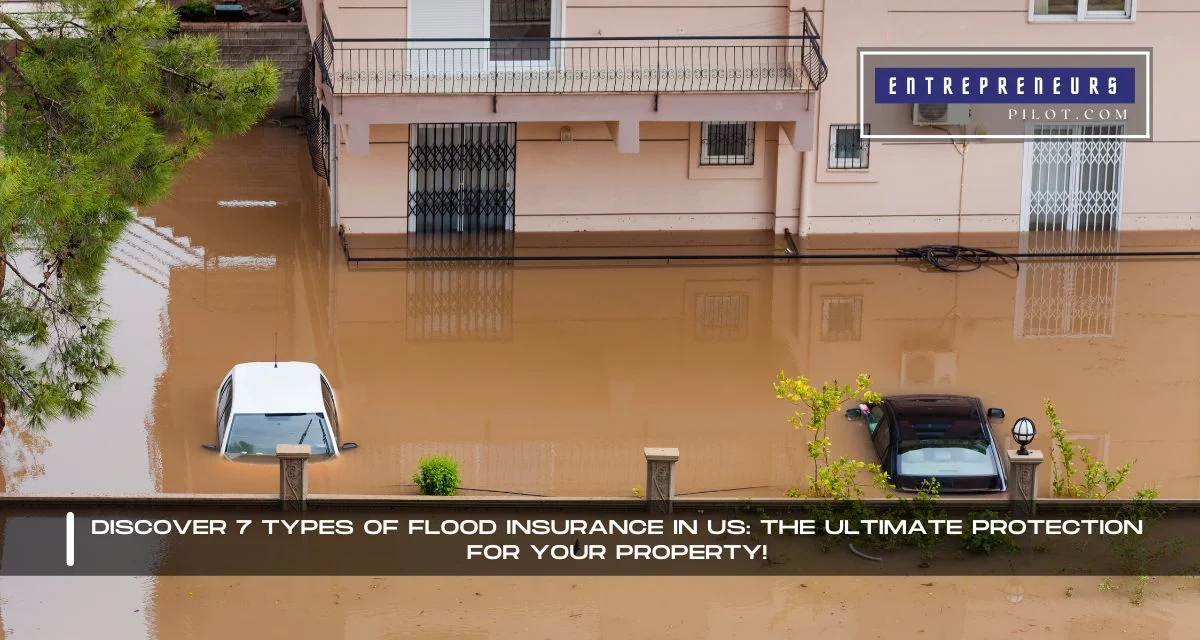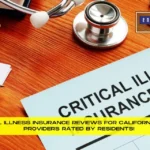Introduction
When it comes to protecting your property, understanding the Types Of Flood Insurance In US is crucial, especially if you’re in a flood-prone area. Floods are unpredictable and can be devastating, leaving a trail of destruction in their wake. Yet, many homeowners are unaware of the flood insurance options available to them, beyond the basic coverage provided by standard policies.
Discovering the seven types of flood insurance in the US could be the key to securing the ultimate protection for your property. Whether you’re nestled on a coastal line or situated near a quiet creek, being informed means being prepared. Let’s dive into the essential flood insurance types that safeguard your home and peace of mind, ensuring you’re well-equipped to face any storm.
Table of Contents
1. National Flood Insurance Program (NFIP) Policies
The backbone of flood insurance in the US, the National Flood Insurance Program (NFIP), offers coverage for both the structure of your home and its contents. Managed by the Federal Emergency Management Agency (FEMA), NFIP policies are available to anyone living in one of the 23,000 participating communities. These policies cap at $250,000 for residential properties and $500,000 for commercial properties, providing a solid foundation of protection against flood damage.
2. Private Flood Insurance
As an alternative or supplement to NFIP coverage, private flood insurance policies offer more flexibility and sometimes higher coverage limits. Private insurers may provide enhanced policies that cover additional living expenses or broader property protection, appealing to homeowners seeking comprehensive coverage beyond the NFIP’s limits. For those in low to moderate-risk areas, private flood insurance can also offer competitive pricing.
- For Expert Financial Insights And Guidance, You Can Visit Our Sister Site – ArabsGeek.com Now!
- Curiosity Piqued? Dive Into the Most Captivating Financial Content by Visiting Our Homepage!
- Unlock Exclusive Business Opportunities! 🚀 Connect with Us Now at our Email: [email protected]!
3. Excess Flood Insurance
For properties that require protection beyond what NFIP and standard private policies offer, excess flood insurance kicks in. This type of insurance is particularly vital for high-value homes and businesses that exceed the maximum coverage limits of the NFIP. Excess flood insurance covers the gap, ensuring that your property’s full value is protected against flood damage.
4. Commercial Flood Insurance
Businesses need specialized flood coverage to protect their premises, equipment, and inventory. Commercial flood insurance, available through the NFIP and private insurers, safeguards businesses against the direct physical loss caused by floods. This coverage is essential for maintaining business continuity and financial stability following a flood event.
5. Contents-Only Flood Insurance
Ideal for renters or homeowners more concerned with protecting their belongings than the structure of their home, contents-only flood insurance covers personal property within the home. This includes furniture, electronics, clothing, and other personal belongings, providing peace of mind that your possessions are protected even if the building itself is not insured against flood damage.
6. Condominium Flood Insurance
Condominium complexes located in flood zones require specialized flood insurance to cover common areas and individual units. Condo associations may purchase a master policy through the NFIP or private insurers, while individual unit owners can supplement this coverage with their own policies to protect personal property and interior improvements.
7. Flood Endorsements on Homeowners Policies
Some insurance companies offer flood endorsements as an add-on to standard homeowners policies. While not as comprehensive as standalone flood insurance, these endorsements can provide an extra layer of protection for homes in areas with lower flood risk. It’s a convenient option for homeowners looking to streamline their insurance coverage under a single policy.
Conclusion | Types Of Flood Insurance In US
Navigating the “Types Of Flood Insurance In US” can feel like charting through stormy waters, but understanding your options is the first step toward securing your property’s future. From the foundational coverage provided by the NFIP to the tailored solutions of private and excess flood insurance, there’s a policy to fit every need and risk level. Remember, when it comes to flood insurance, being proactive is key. Don’t wait for the forecast to turn grim; explore your options today and ensure your home stands resilient against the tides of tomorrow.
Frequently Asked Questions
1. How do I know if I need flood insurance?
If you live in a flood-prone area or a region that has experienced flooding in the past, it’s wise to consider flood insurance. You can check FEMA’s Flood Map Service Center to see if your property is in a high-risk zone.
2. Can I buy flood insurance at any time?
Yes, but there’s typically a 30-day waiting period from the date of purchase before your policy goes into effect. It’s crucial not to wait until a storm is on the horizon to buy coverage.
3. Is flood insurance required?
If your home is in a high-risk flood area and you have a mortgage from a federally regulated or insured lender, you are required to have flood insurance. For homes in moderate-to-low risk areas, it’s optional but recommended.
4. How much does flood insurance cost?
The cost of flood insurance varies based on several factors, including your property’s location, elevation, and the amount of coverage you purchase. The average NFIP policy costs about $700 per year, but rates can vary significantly.
5. Does flood insurance cover mold damage?
Flood insurance will cover mold damage only if it’s a direct result of a flood covered by your policy. It’s essential to clean and dry the affected area promptly after a flood to prevent mold growth.











